The BETA team took a break from our labs and analyses over this past weekend to present and help out at the Cedar Valley’s annual Sunday at the Quarry event. At BMC’s Morgan Quarry in Waterloo, adults and children of all ages were able to spend the day collecting fossils, taking field trips into the quarry, and experiencing programs put on by groups from UNI and the Cedar Valley area. The BETA team split their efforts between hosting a table on our research and assisting with other activities around the event. At our program table, we shared what we do for research and why it matters while having a dry ice fog demonstration and passing out fossils to attendees. It’s always an interesting challenge to explain something with an intimidating name like “Biogeochemical Evolution of the Atmosphere” to a non-scientist audience, especially one with many kids. Another activity headed by BETA members concerned Ag-Lime, a useful product for reducing the acidity of soil. A few of the chemistry students may have felt a little out of their element (pun intended) educating parents on the benefits of Ag-Lime while helping the kids search for fossils and make art out of the material, but it’s often a good thing to push students a little outside of their comfort zone.
Riley (left) and Will (right) by the BETA table with the fog demonstration and fossils!
*Photo credit: Marcy Seavey
*Photo credit: Marcy Seavey
Tami (far left at table), Courtney (middle), and Jessica (right) at the Ag-Lime station
*Photo credit: Marcy Seavey
*Photo credit: Marcy Seavey
This weekend was a great chance for the team to get out of the lab to enjoy one of the last nice days of the year, while also getting to share what we do with the local community. Looking forward, we’re excited to get back to our experiments and continuing the exciting work happening this semester.
--Courtney Massey
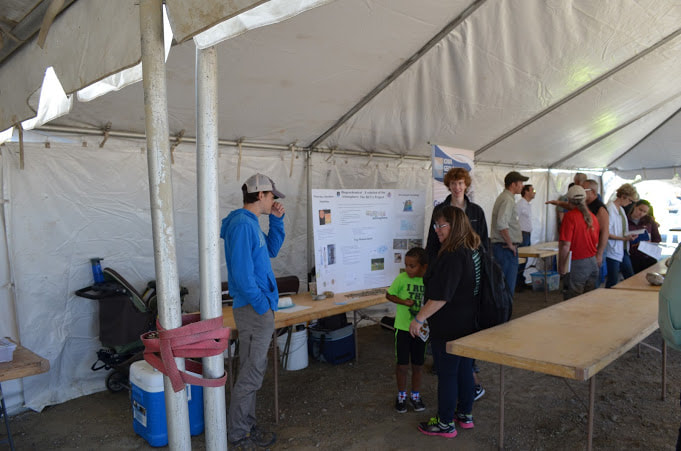
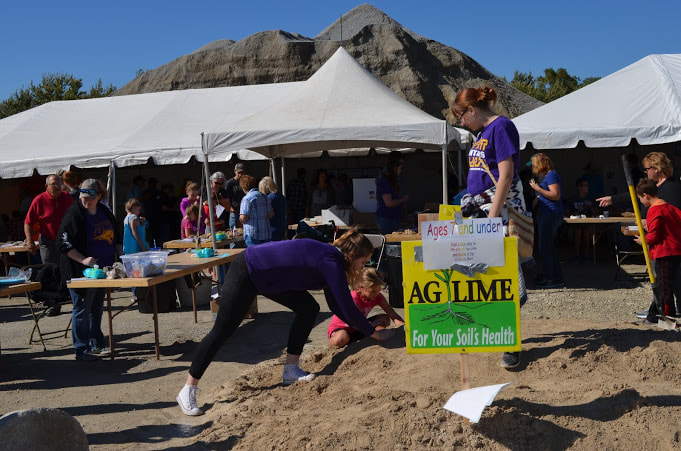
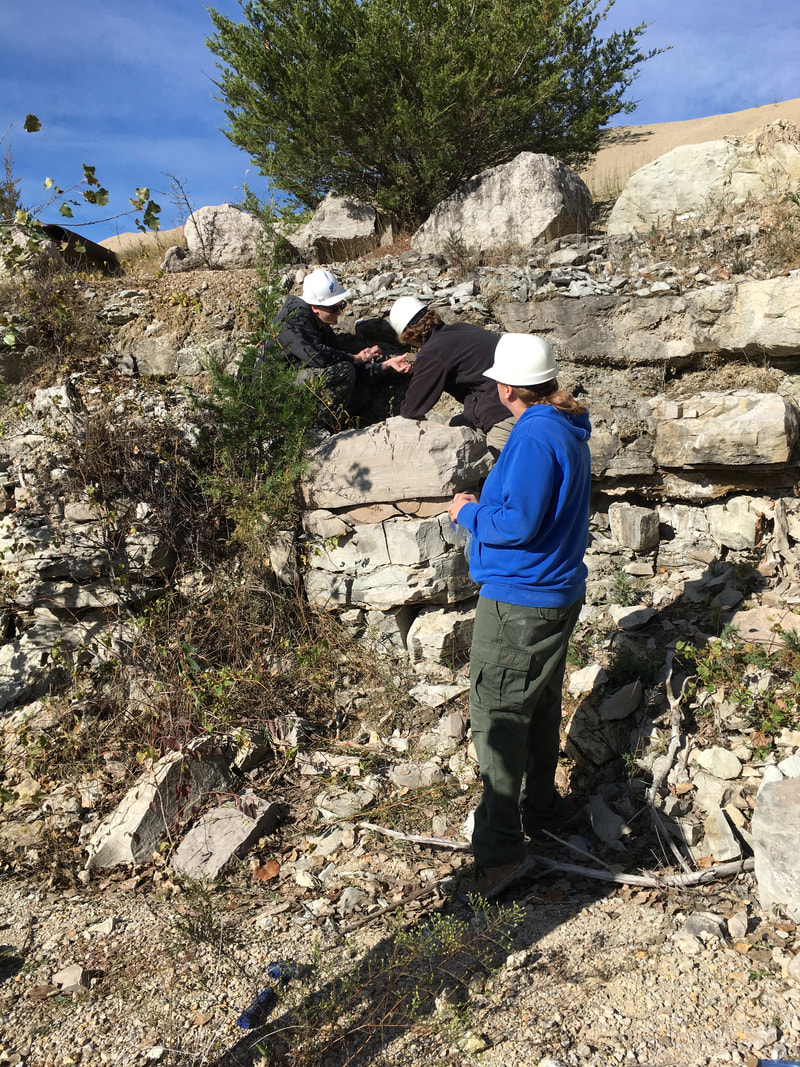
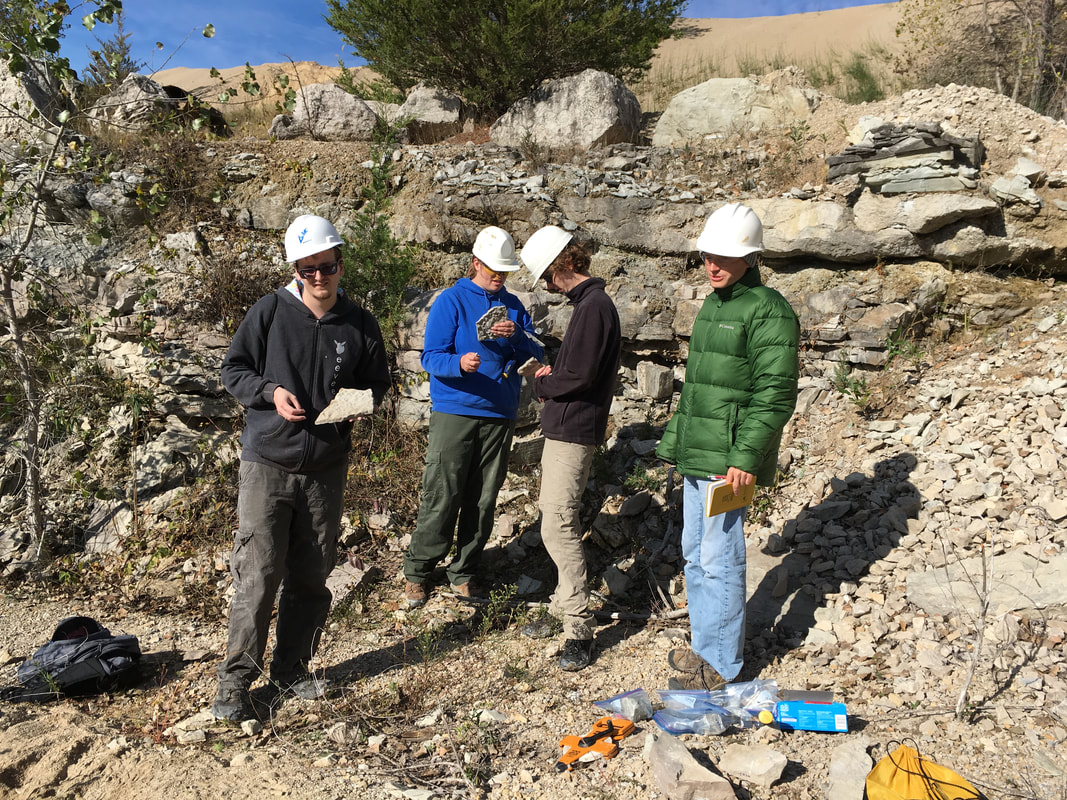
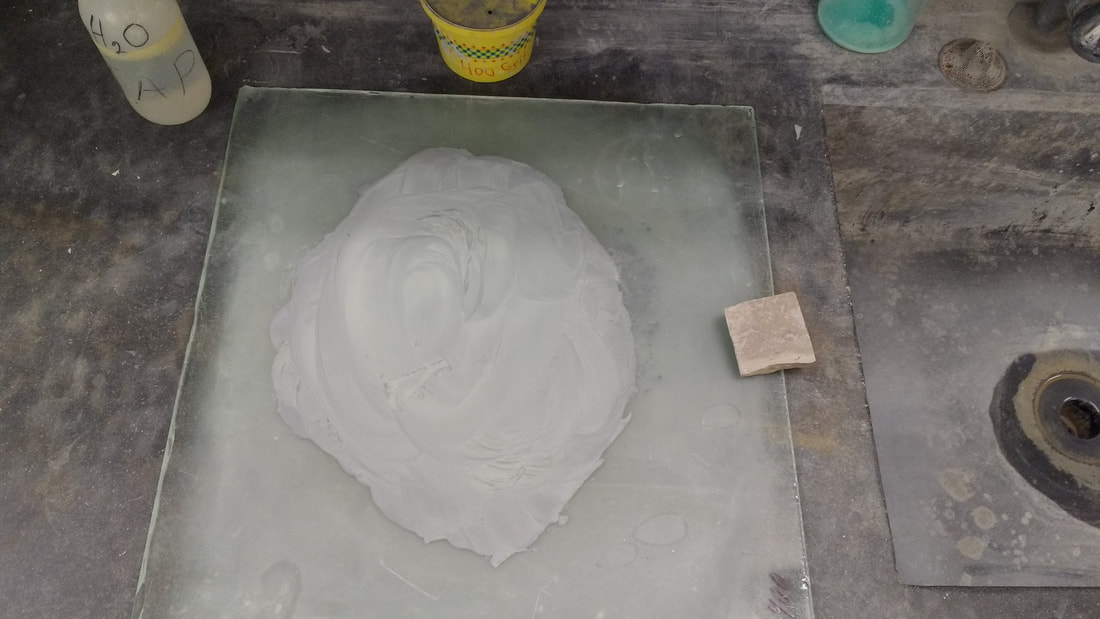
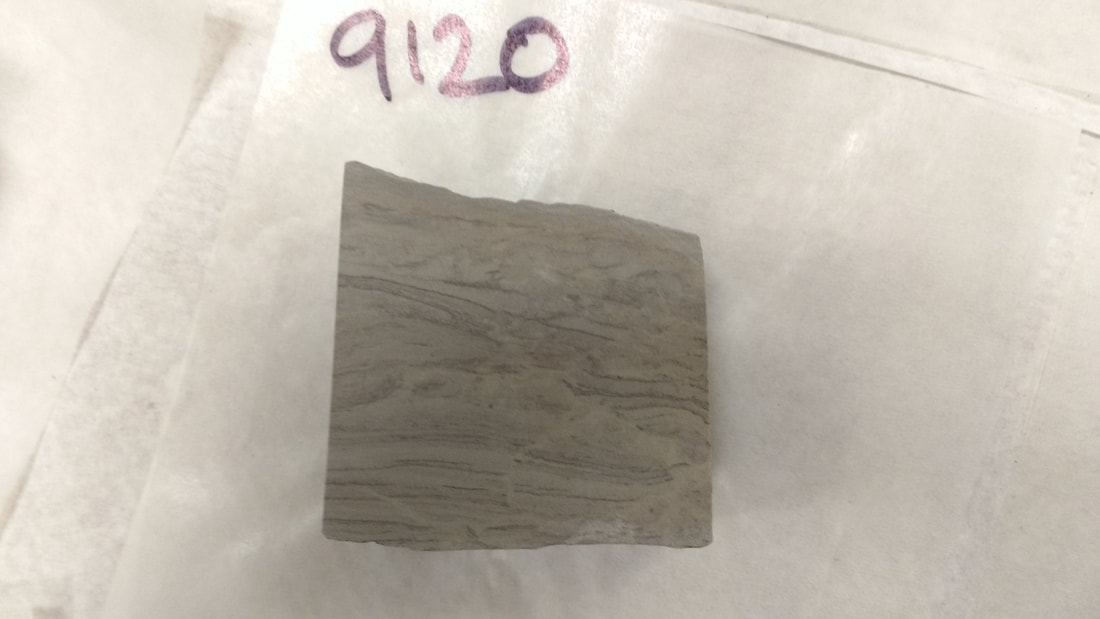
 RSS Feed
RSS Feed
